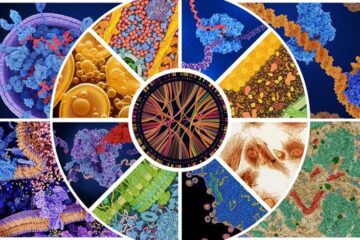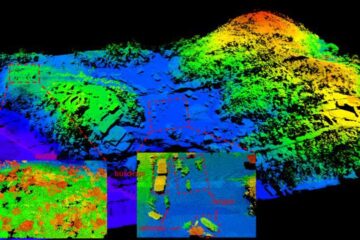The end of an era for DNA patenting, says report

In fact in recent years new guidelines at patent offices, legal developments, commercial sentiment and the growing volume of genetic information in the public domain have together raised the bar on patentability of genes and other genetic material.
In particular, rigorous examination and prohibitive costs are discouraging speculative patent applications in Europe.
The findings are the result of 18 months of research funded by the European Community and carried out by Dr Michael M Hopkins, Dr Surya Mahdi, Mr Pari Patel and Professor Sandy M Thomas at SPRU – Science and Technology Policy Research, at the University of Sussex, UK.
The race to patent human DNA began in the 1980s, when scientists in industry and academia started unraveling the human genetic code, culminating in the publication of a full draft of the human genome in 2001. As the human genome project published its results, so biotech businesses, pharmaceutical companies, and universities rushed to file patent applications to protect their stake in a fast-developing field. This stoked fears that DNA sequences important for research into the causes of disease such as cancer or diabetes would no longer be available for study, or that resulting drugs and diagnostics might only be available at excessive prices.
The authors identified 15,600 cases of inventions where patents had been filed claiming human DNA sequences (tiny strands of genetic material) at the world's leading Patent Offices in the USA, Europe and Japan.
They then interviewed patent holders – including some of the world's leading pharmaceutical companies – to find out what they intended to do with their patents. Their findings include:
•To date, just one third of these inventions have actually been granted patents by one of the three patent offices studied – others were refused, have still to be processed or have been withdrawn by the applicant because the invention was considered to be no longer technically or commercially viable.
•The US patent office has granted far more of these patents, which has led to concerns in the USA about access to research and diagnostics, particularly for some cancers. By contrast the patent offices in Japan and Europe have only granted between 3% and 5% of patent applications. Furthermore researchers in Europe benefit from laws which allow the use of this knowledge for non commercial research without patent infringement.
•Patent examiners are more stringent, particularly in Europe and Japan, in rejecting applications that aren't supported by sufficient biological evidence.
•Commercial interest in DNA patent applications remains, but increasingly the DNA is just a part of a more complex invention. Overall, such filings are likely to be made in much lower numbers than seen in the past.
Professor Thomas says: “A combination of policy change and developments in the commercial and scientific environment means that obtaining patents on DNA sequences has become generally more difficult and in some cases less commercially attractive. We believe these changes are in the interests of academic and commercial researchers, as well as patients.”
Dr Hopkins says: “Patents are still necessary, however, as medical research is expensive and society needs to reward and encourage ingenuity. Developing a drug, for example, costs several hundred million dollars. Patent offices have focused increasingly on giving due rewards while rejecting overly broad or frivolous applications.”
Media Contact
More Information:
http://www.sussex.ac.uk/press_office/media/media597.shtmlAll latest news from the category: Life Sciences and Chemistry
Articles and reports from the Life Sciences and chemistry area deal with applied and basic research into modern biology, chemistry and human medicine.
Valuable information can be found on a range of life sciences fields including bacteriology, biochemistry, bionics, bioinformatics, biophysics, biotechnology, genetics, geobotany, human biology, marine biology, microbiology, molecular biology, cellular biology, zoology, bioinorganic chemistry, microchemistry and environmental chemistry.
Newest articles

A universal framework for spatial biology
SpatialData is a freely accessible tool to unify and integrate data from different omics technologies accounting for spatial information, which can provide holistic insights into health and disease. Biological processes…

How complex biological processes arise
A $20 million grant from the U.S. National Science Foundation (NSF) will support the establishment and operation of the National Synthesis Center for Emergence in the Molecular and Cellular Sciences (NCEMS) at…

Airborne single-photon lidar system achieves high-resolution 3D imaging
Compact, low-power system opens doors for photon-efficient drone and satellite-based environmental monitoring and mapping. Researchers have developed a compact and lightweight single-photon airborne lidar system that can acquire high-resolution 3D…





















